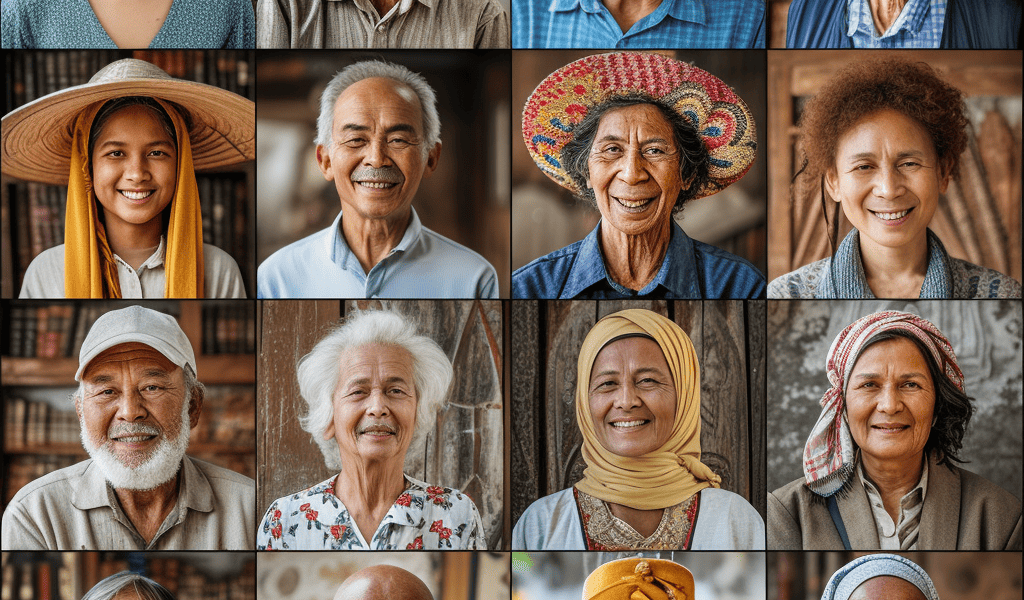Humans are living longer than ever no matter where they come from. Disease outbreaks and human conflicts help dictate regional differences in longevity.
Most of us want to stay on this planet as long as possible. While there are still differences depending on sex and region, we are now living longer as a species—and it seems life spans will only continue to grow longer.
Researcher David Atance of Universidad de Alcalá, Spain, and his team gathered data on the trends of the past. They then used their findings to project what we can expect to see in the future. Some groups have had it harder than others because of factors such as war, poverty, natural disasters, or disease, but the researchers found that mortality and longevity trends are becoming more similar regardless of disparities between sexes and locations.
“The male-female gap is decreasing among the [clusters],” they said in a study recently published in PLOS One.
The research team used specific mortality indicators—such as life expectancy at birth and most common age at death—to identify five global clusters that reflect the average life expectancy in different parts of the world. The countries in these clusters changed slightly from 1990 to 2010 and are projected to change further by 2030 (though 2030 projections are obviously tentative). Data for both males and females was considered when deciding which countries belonged in which cluster during each period. Sometimes, one sex thrived while the other struggled within a cluster—or even within the same country.
Clusters that included mostly wealthier countries had the best chance at longevity in 1990 and 2010. Low-income countries predictably had the worst mortality rate. In 1990, these countries, many of which are in Africa, suffered from war, political upheaval, and the lethal spread of HIV/AIDS. Rwanda endured a bloody civil war during this period. Around the same time, Uganda had tensions with Rwanda, as well as Sudan and Zaire. In the Middle East, the Gulf War and its aftermath inevitably affected 1990 male and female populations.
Along with a weak health care system, the factors that gave most African countries a high mortality rate were still just as problematic in 2010. In all clusters, male life spans tended to differ slightly less between countries than female life spans. However, in some regions, there were differences between how long males lived compared to females. Mortality significantly increased in 1990 male populations from former Soviet countries after the dissolution of the Soviet Union, and this trend continued in 2010. Deaths in those countries were attributed to violence, accidents, cardiovascular disease, alcohol, an inadequate health care system, poverty, and psychological stress.





